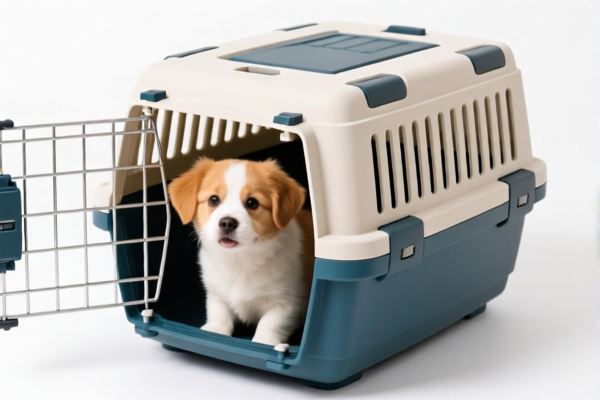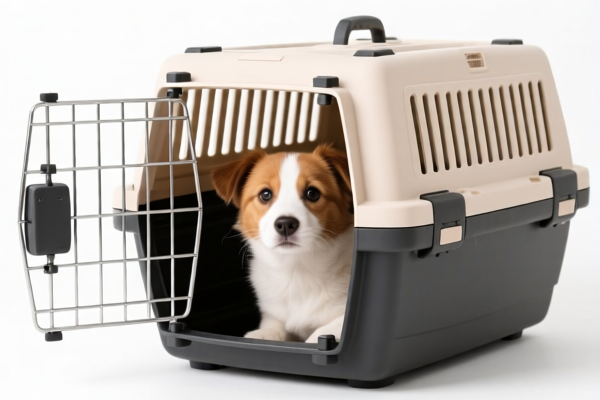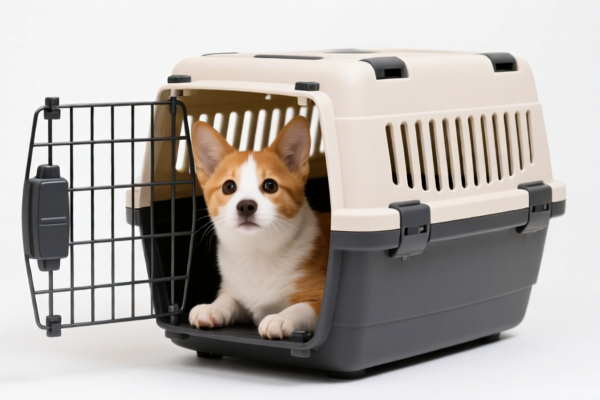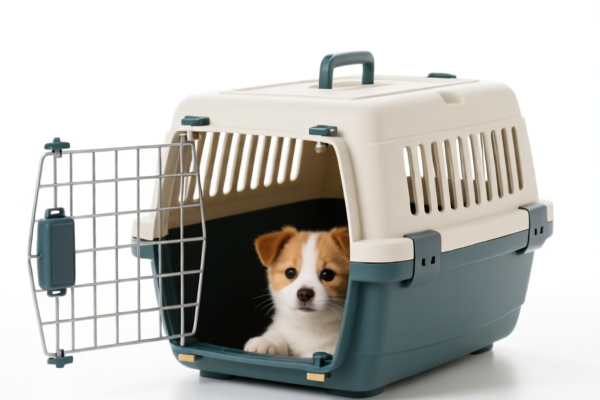| HS Code | Official Doc | Tariff Rate | Origin | Destination | Effective Date |
|---|---|---|---|---|---|
| 9505906000 | Doc | 30.0% | CN | US | 2025-05-12 |
| 9505902000 | Doc | 30.0% | CN | US | 2025-05-12 |
| 9503000071 | Doc | 30.0% | CN | US | 2025-05-12 |
| 9503000090 | Doc | 30.0% | CN | US | 2025-05-12 |
| 3926903300 | Doc | 36.5% | CN | US | 2025-05-12 |
| 3926909910 | Doc | 42.8% | CN | US | 2025-05-12 |
| 3924905610 | Doc | 40.9% | CN | US | 2025-05-12 |
| 3924102000 | Doc | 44.0% | CN | US | 2025-05-12 |




Pet Bell
A pet bell is a training tool used to condition animals, most commonly dogs, to signal a need to go outside to urinate or defecate. It leverages classical conditioning, associating the sound of the bell with the act of going to the bathroom outdoors.
Material:
- Metal: Brass or steel bells are common due to their clear, distinct sound.
- Plastic: More affordable and lightweight options are available, though the sound may not be as resonant.
- Handle: Often plastic or nylon webbing for ease of gripping. Some have wooden handles.
Purpose:
The primary purpose is to provide a reliable communication method for pets who cannot verbally express their needs. It reduces accidents indoors by allowing the pet to initiate the potty break process. It's particularly useful for: * Puppies learning potty training. * Older dogs with reduced bladder control. * Dogs recovering from medical conditions affecting continence. * Dogs who are unable to communicate their needs due to physical limitations.
Function:
The bell functions as a conditioned stimulus. Initially, the owner rings the bell immediately before taking the pet outside to eliminate. Through repetition, the pet associates the bell's sound with going outside. Eventually, the pet learns to ring the bell themselves when they need to go out.
Usage Scenarios:
- Potty Training: Ringing the bell before each potty break during the initial training phase.
- Scheduled Breaks: Using the bell to establish a routine for potty breaks.
- Demand Signaling: Allowing the pet to independently request to go outside.
- Medical Management: Providing a cue for dogs with incontinence to signal when they need assistance.
Common Types:
- Single Bell: A simple bell that produces one sound.
- Multiple Bell Systems: Several bells connected together, offering a louder and more distinct sound. These can be helpful for pets with hearing impairments or in noisy environments.
- Floor Bells: Larger bells designed to be placed on the floor for the pet to step on or nudge.
- Door Bells: Some owners repurpose standard doorbells as pet bells.
- Wall-Mounted Bells: Bells attached to a wall, often used for pets who have difficulty reaching floor-mounted bells.
Pet bells are not explicitly listed within the provided reference material. However, based on potential material and function, the following HS codes may be relevant:
- 9505906000: Festive, carnival or other entertainment articles, including magic tricks and practical joke articles; parts and accessories thereof: Other: Other. This code covers a broad range of entertainment articles. A pet bell could be considered an entertainment item for the pet and owner. The total tax rate is 30.0%.
- 3926903300: Other articles of plastics and articles of other materials of headings 3901 to 3914: Other: Beads, bugles and spangles, not strung (except temporarily) and not set; articles thereof, not elsewhere specified or included: Handbags. If the pet bell is made of plastic and incorporates bead-like elements, this code might apply. The total tax rate is 36.5%.
- 3926909910: Other articles of plastics and articles of other materials of headings 3901 to 3914: Other: Other Laboratory ware. While seemingly unrelated, if the bell is constructed from plastic and has a specialized function (e.g., training), it could fall under this category. The total tax rate is 42.8%.
According to the provided reference material, the HS code options related to 'pet bell' are limited, with only the following 3 found.
It is important to verify the material composition of the pet bell to determine the most accurate HS code. If the bell is made of metal, other HS codes not listed here may be applicable, but are not within the scope of this reference material.
Customer Reviews
No reviews yet.